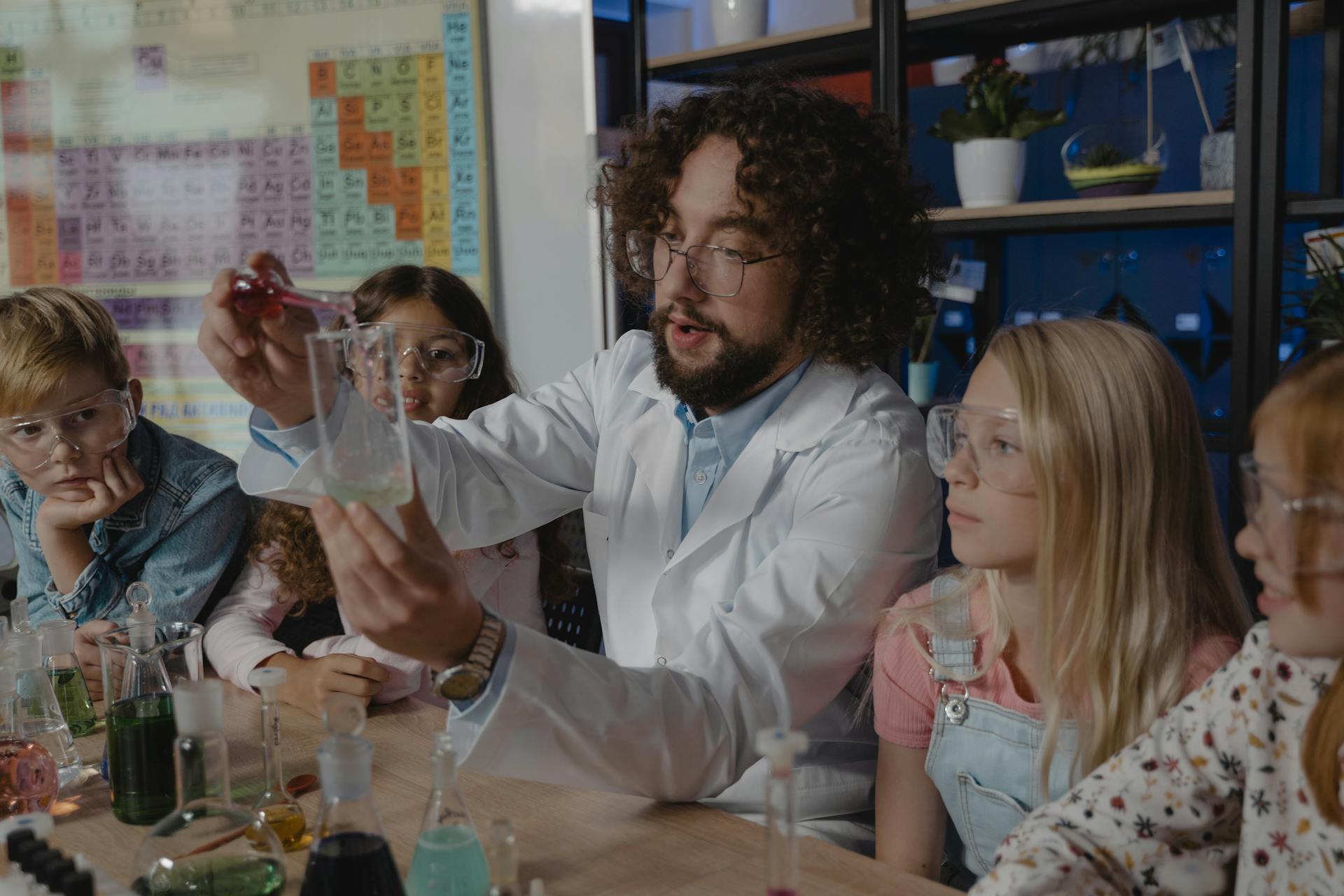Being a responsible teacher goes beyond delivering lessons; it involves cultivating a learning environment that prioritizes students’ well-being, growth, and success. A responsible teacher is someone who not only teaches academic content but also models ethical behavior, fosters inclusivity, and guides students toward becoming responsible citizens.

Here’s how you can become a responsible teacher who makes a positive impact on students’ lives.
1. Embrace Ethical Teaching Practices
Responsibility in teaching begins with a commitment to ethical practices. This includes being honest, fair, and transparent in all interactions with students. Uphold academic integrity by setting clear expectations for assignments and assessments, and ensure that you’re consistent in grading and providing feedback. Respect students’ privacy and confidentiality, particularly when handling sensitive information.
Moreover, be a role model of ethical behavior. Your actions, both inside and outside the classroom, can significantly influence your students. Demonstrate professionalism, integrity, and respect for others, and encourage your students to do the same.
2. Foster an Inclusive and Respectful Classroom Environment
A responsible teacher creates a classroom environment where all students feel safe, respected, and valued. This means promoting inclusivity by recognizing and celebrating diversity in your classroom. Be aware of cultural, social, and individual differences, and ensure that your teaching materials and methods are inclusive and accessible to all students.
Encourage open dialogue and respect for differing opinions, and address any instances of bullying, discrimination, or exclusion promptly. By fostering a positive and inclusive classroom environment, you help students develop empathy, collaboration skills, and a sense of belonging.
3. Promote Student Well-Being
Responsible teaching extends to caring for students’ emotional and social well-being. Be attentive to the needs of your students and recognize signs of stress, anxiety, or other challenges they may be facing. Encourage a healthy work-life balance by being mindful of the demands you place on students and by offering support when needed.
Incorporate social-emotional learning (SEL) into your curriculum, helping students build skills like self-awareness, self-management, and resilience. By prioritizing student well-being, you create a supportive learning environment that enables all students to thrive.
4. Engage in Continuous Professional Development
To be a responsible teacher, it’s essential to stay informed about best practices, educational research, and new teaching methods. Continuous professional development ensures that you’re equipped to meet the evolving needs of your students. Attend workshops, participate in webinars, read educational literature, and seek out opportunities for growth. This commitment to learning not only enhances your teaching skills but also demonstrates to your students the importance of lifelong learning.

